Advice on Dance Class Corrections
Notes from the Director’s Desk
Receiving Corrections
One of the best lessons I learned from my first dance teacher: If you’re not getting corrections from your teacher - it’s not a good sign. It doesn’t mean you’re doing everything perfectly, it often means the teacher doesn’t think you’re ready to improve, or worse, that you’re not able to improve. In a dance class, there’s not much worse than never receiving corrections. While not every teacher focuses on individual corrections, if they do, you want to be receiving some corrections. So, when a teacher offers a correction, do your best to apply it.
More corrections?!
It can be dismaying to apply a correction, get positive feedback for doing so, and then receive several more corrections. Your reaction might be - am I really doing that many things wrong?! It’s actually a good thing! It means the teacher sees you can assimilate corrections, so they can give you more to work on - some things may even be minute details.
Growth mindset
One of the most important attitudes in any dance form is a growth mindset. Challenges and corrections open doors to improvement - they are positive! It may take a while to overcome a challenge, or you may hit a looooong plateau. Keep going! One way to find inspiration when things get tough is to listen to or read interviews with successful artists. I love learning about others’ struggles and how they overcame obstacles in dance (or life). It’s rarely an easy path for anyone to become fluent in flamenco.
Do you really need corrections?
I used to take a class in New York with a reputable teacher, a very good dancer, a warm person, and yet, I couldn’t understand why her classes were so full because she never really gave corrections - not to the class and not to individuals. I figured I could drill my footwork at home (where I could actually hear myself and not my sound blended in with 20 other people) for a lot cheaper. I’ve since realized that not everyone wants corrections. They want to go to class, break a sweat, do their flamenco moves, and go home. That’s when I have to remind myself that teaching is an offering, and you can’t make a student accept or apply corrections.
As a teacher:
Helping students grow and giving them tools to analyze their own movements and be their own teacher is integral to Abrepaso’s mission of creating new pathways and new entry points in flamenco; it’s essential to helping students eventually “speak” flamenco fluently. If I see that a student can improve something, I believe it’s my job to let them know. A dance teacher has to be the outside eyes for their student.
What about students that are doing the steps very well?
As a teacher, you can offer more challenging variations instead of corrections, or give them ideas to make the step their own - through experimenting they won’t become stagnant and may deepen their embodiment of a step.
Corrections as a guide to dig deeper and to being your own teacher
A teacher can only give you so much. All a teacher can do is offer what they see, what they know, but they cannot know how flamenco feels in your body or what feels organic to you. Transferring the underlying concept (whether in movement mechanics or musicality) is not just the teacher’s job - the student must investigate that concept in their own body.
Just because a correction wasn’t aimed at you doesn’t mean you can’t apply it
While a teacher might focus a correction on a single individual, it’s great to analyze that correction and see if you need to apply it too - you might be making the same error, but not as overtly. Or, just listening to that correction and understanding it may help you better understand why and how a movement functions in your body.
Ask questions
A teacher may not give a correction in a way that makes sense to you - so ask questions if their explanation didn’t make sense. Go home and work it out on your own too. Sometimes it takes a while to go from understanding a concept in your mind to translating it to your body.
“I’m not getting corrections - what should I do?”
If you feel you’re not receiving any feedback, have a chat with the teacher outside of class. Ask what you could work on on your own to support the work in class, if there’s anything they’re seeing that could help you improve in general, or get specific: if you’re having trouble with a specific movement, ask the teacher what they see when you do it.
It’s not all about you:
Just remember dance teachers are constantly multi-tasking. They are thinking about the music, the timing of the class, what they’re going to move on to next, the numerous people in front of them, and more, so they cannot notice every detail about every dancer in class. If you crave individual attention, see if you can sign up for a private lesson.
